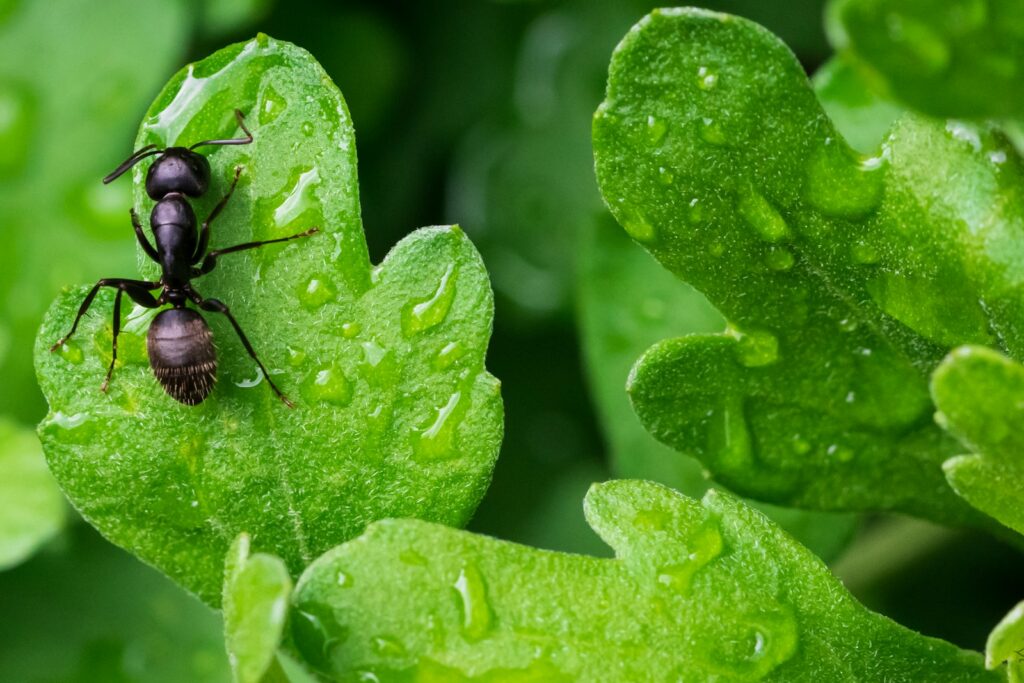Deep in the rainforests of Central and South America, one of nature’s most impressive phenomena unfolds daily as millions of army ants embark on coordinated hunting raids that can stretch over 100 meters wide. These massive biological superorganisms move with remarkable precision and effectiveness, despite lacking what humans would recognize as centralized leadership. Unlike human armies that rely on generals and commanders, army ant colonies operate through decentralized intelligence—a fascinating example of emergent behavior where simple individual actions create complex collective behaviors. This seemingly chaotic mass of insects actually follows sophisticated organizational principles that have evolved over millions of years, creating one of nature’s most efficient hunting systems without any single ant calling the shots.
The Superorganism Concept: More Than Just a Colony
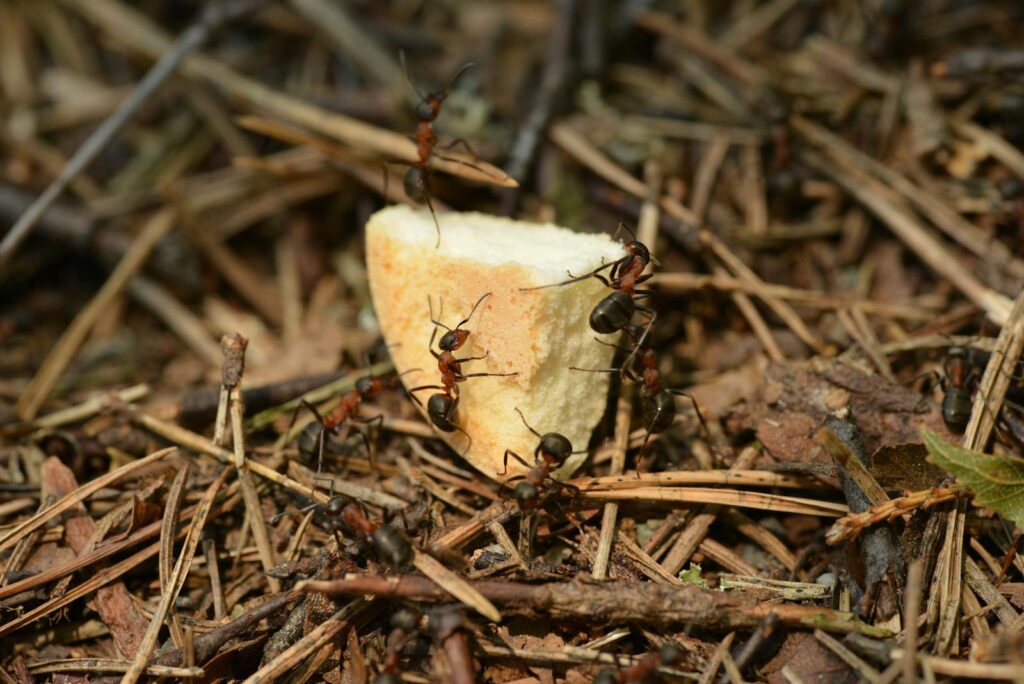
Army ants represent a perfect example of what scientists call a “superorganism”—a collection of organisms that function as a unified entity. Unlike loosely associated groups of animals, these ants operate as if they were a single living organism with specialized “organs” in the form of different ant castes. The colony, often containing millions of individuals, makes decisions collectively that benefit the whole rather than any individual ant. This superorganism concept helps explain how army ants can coordinate complex behaviors without central control. Their colony functions much like our own bodies, where individual cells respond to local chemical signals without needing direct commands from the brain for every action. This organizational structure has evolved over approximately 100 million years, creating a biological system that can efficiently harvest resources across large areas of rainforest floor.
The Power of Stigmergy: Communication Through Environment
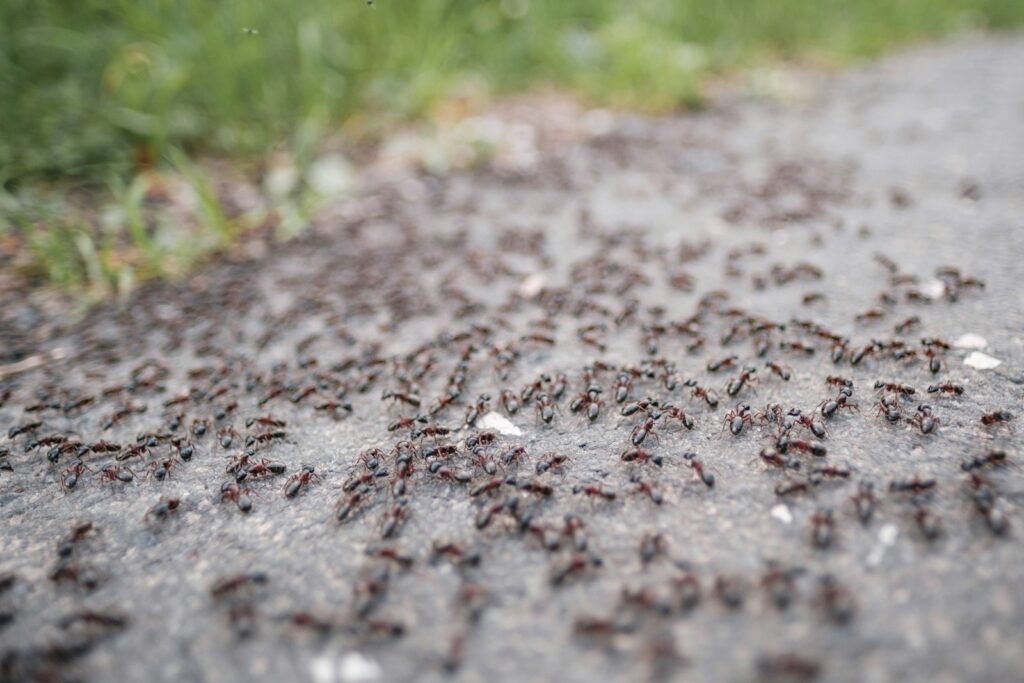
Army ants rely heavily on a process called stigmergy—indirect coordination through the environment rather than direct communication. As ants move, they deposit pheromone trails that serve as chemical signposts for other members of the colony. These chemical trails function like a dynamic, constantly updated map that guides the movement of the entire raid. When an ant discovers a profitable food source, it strengthens the pheromone trail on its return journey, effectively “voting” for that particular path. Other ants detect these strengthened signals and preferentially follow them, creating a positive feedback loop that rapidly concentrates the colony’s foraging effort where it’s most needed. Stigmergy allows the colony to respond efficiently to environmental opportunities without requiring any ant to understand the big picture or make complex decisions.
The Role of Self-Organization in Raid Patterns

The spectacular fan-shaped raids of army ants emerge through self-organization rather than deliberate design. Each individual ant follows relatively simple behavioral rules based on local information available to it—primarily pheromone concentrations and physical contact with nestmates. When millions of ants simultaneously follow these simple rules, complex patterns naturally emerge at the colony level. Computer simulations have confirmed that just a few behavioral rules can reproduce the distinctive raid patterns observed in nature. Scientists studying this phenomenon note that no ant “knows” the overall shape or direction of the raid; rather, each ant responds to its immediate surroundings while the raid’s structure self-organizes as an emergent property. This principle of complexity arising from simplicity parallels many other natural systems, from snowflake formation to hurricane development.
The Three Phases of Army Ant Raids
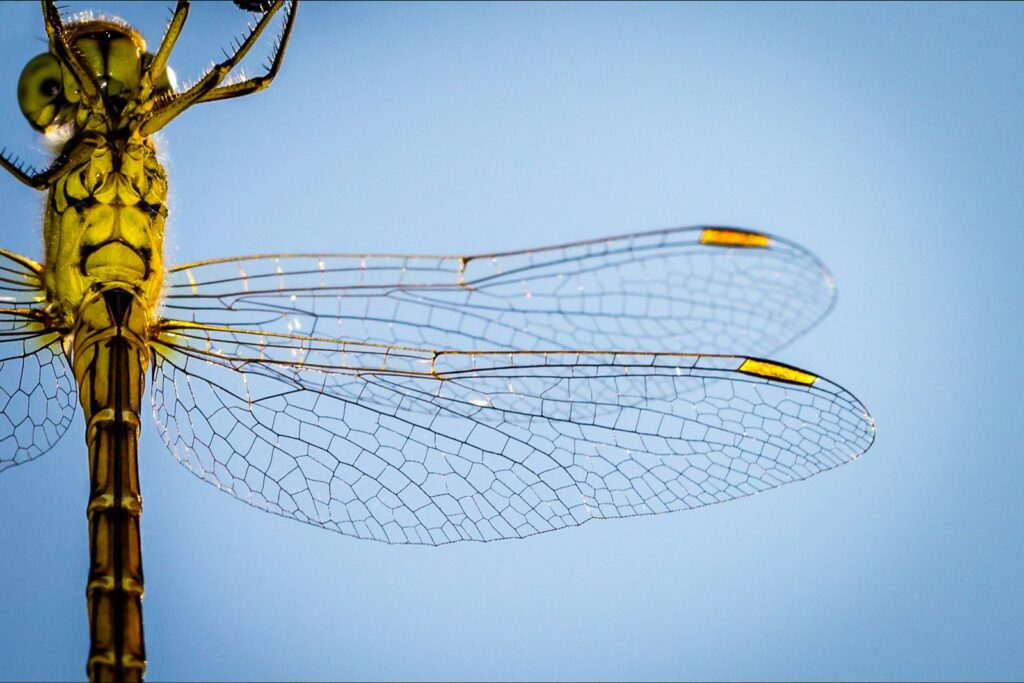
Army ant raids follow a predictable three-phase cycle that maximizes their hunting efficiency. The cycle begins with a swarm raid phase, where workers fan out in the characteristic raid formation, capturing prey and bringing it back to the bivouac (temporary nest). This active phase typically lasts for approximately 14-20 days, during which the colony moves its bivouac location almost daily to exploit new hunting grounds. Next comes the statary phase, lasting about two weeks, when the colony remains in one location while the queen lays up to 300,000 eggs. The cycle concludes with a nomadic phase where the colony moves nightly, carrying the developing larvae that require substantial protein. This carefully choreographed sequence optimizes the colony’s food acquisition relative to its changing nutritional needs throughout the reproductive cycle, all without centralized coordination.
Specialized Worker Castes: Division of Labor
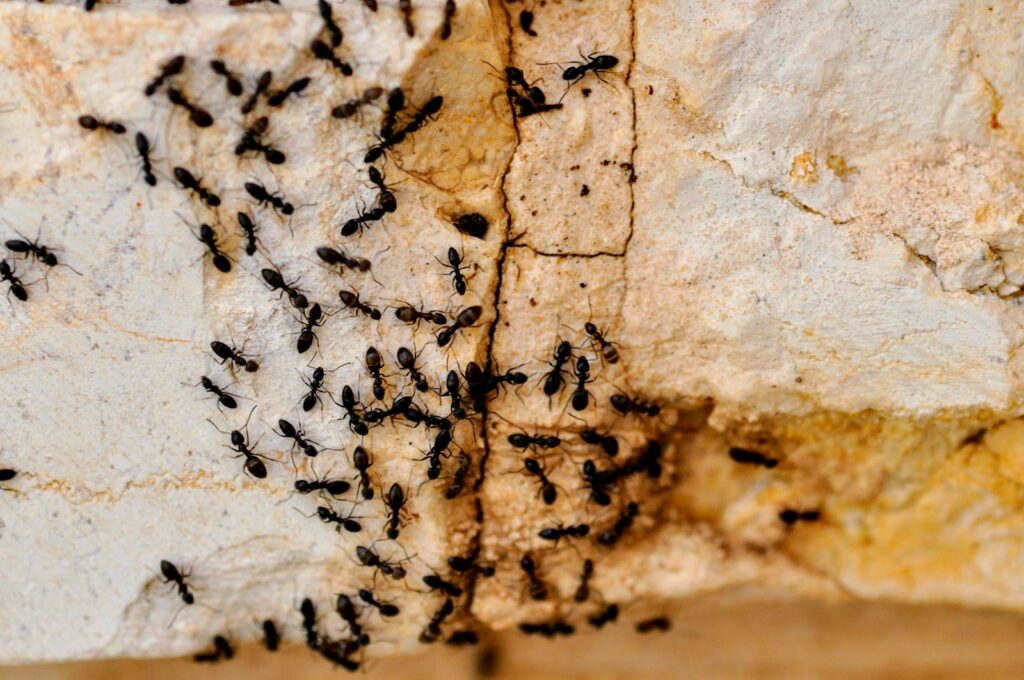
Army ant colonies maintain efficiency through highly specialized worker castes that perform different functions during raids. The smallest workers focus on tending to larvae and eggs, while medium-sized workers handle food processing and transport. The largest workers, known as majors or soldiers, have powerful mandibles specialized for defense and for subduing larger prey items. This division of labor extends to the raid formation itself, where certain ants specialize in trail maintenance, others in prey detection, and still others in transport. The coordination between these specialized groups emerges naturally from their responses to local stimuli rather than explicit commands. Each caste responds differently to the same environmental cues based on their genetic programming, creating a seamlessly integrated workforce without requiring hierarchical management.
The Bivouac: A Living Architecture

Perhaps one of the most remarkable features of army ant colonies is their ability to create temporary nests called bivouacs using only their own bodies. During rest periods, worker ants interlock their legs and mandibles to form a living structure that can house the queen, eggs, larvae, and food stores. These dynamic structures can adjust to accommodate growth, temperature regulation, or threat responses without any centralized planning. When a bivouac needs to maintain optimal internal temperature, outer layer ants will tighten or loosen their formation based on simple responses to temperature gradients. Individual ants respond to local conditions by either joining or leaving the structure’s outer layers, resulting in a constantly shifting but stable architecture. This living architecture represents another example of complex, functional organization emerging from simple individual behaviors without central direction.
Pheromone Highways: The Chemical Infrastructure

The efficiency of army ant raids depends heavily on their sophisticated use of chemical communication through multiple types of pheromones. Different glands produce distinct chemical signals that serve various functions, from marking trails to signaling danger or food quality. The trail system itself features multiple lanes, with outbound and inbound traffic organized to prevent congestion—similar to human highway systems, but developed through evolutionary processes rather than conscious design. Some species maintain three distinct trail types: exploration trails (weak signals for scouting), raid columns (stronger signals for active hunting), and migration trails (the strongest signals used when relocating the entire colony). This chemical infrastructure constantly evolves throughout the raid as pheromones evaporate and are refreshed, allowing the colony to adapt its movement patterns to changing conditions without requiring any centralized traffic management.
Collective Decision-Making Through Quorum Sensing
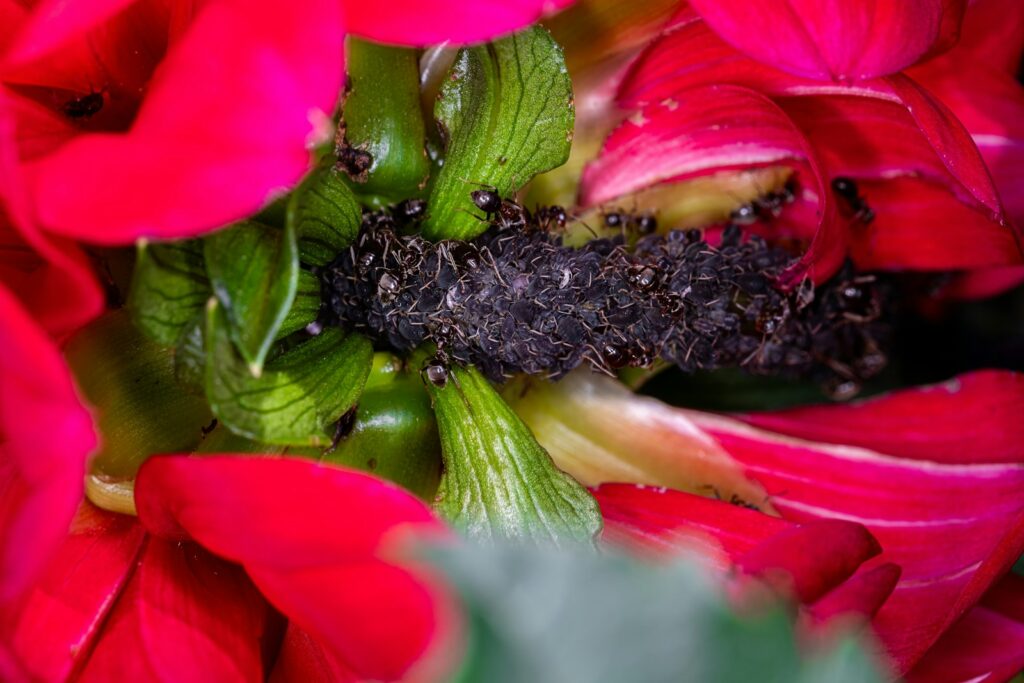
Army ants employ a fascinating mechanism called quorum sensing to make collective decisions about raid direction and intensity. When scouts identify a promising food source, they return to the raid front laying stronger pheromone trails. Once a critical number (quorum) of ants signal the same opportunity, the colony rapidly allocates more resources to that area. This system functions like a decentralized voting mechanism, where individual ants “cast votes” through their chemical signaling, and the option receiving sufficient support triggers a colony-wide response. Researchers have discovered that these quorum thresholds aren’t fixed but adjust based on colony needs and environmental conditions. During food scarcity, the threshold for committing to a food source lowers, while abundant food leads to more selective foraging choices. This flexible decision-making system enables the colony to respond optimally to changing conditions without requiring any leadership hierarchy.
Swarm Intelligence and Problem Solving
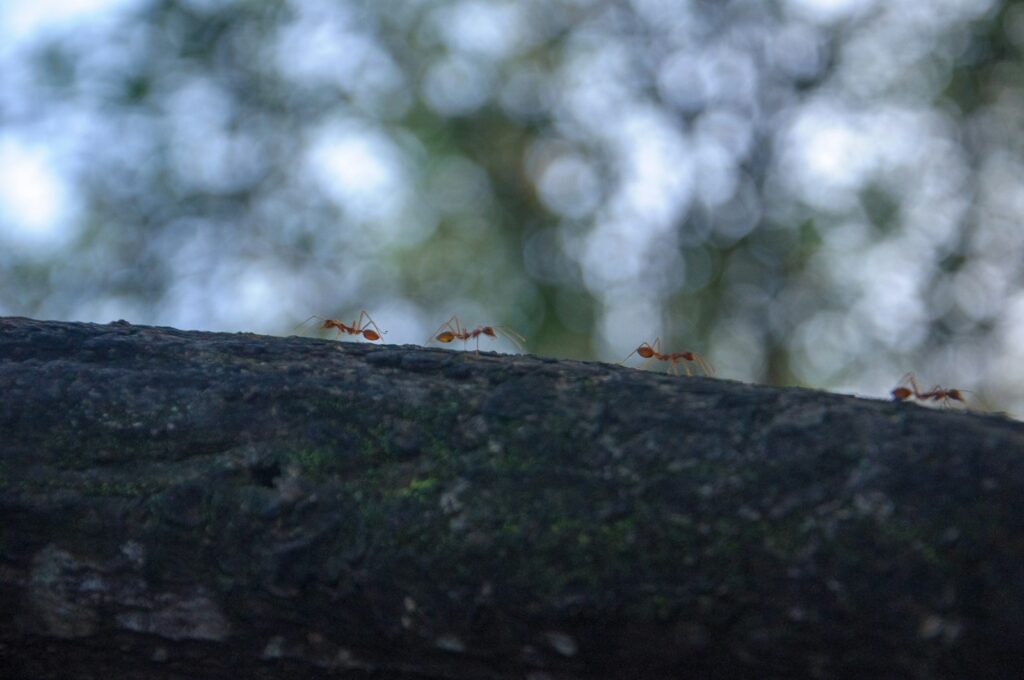
The army ant colony demonstrates remarkable problem-solving abilities through swarm intelligence—collective cognition that emerges from interactions among simple agents. When facing obstacles during raids, the colony can adapt its formations and develop solutions that no individual ant could conceive. For example, when encountering a gap in their path, certain species construct living bridges using their own bodies, automatically adjusting the number of ants in the bridge to optimize between path efficiency and workforce availability. When prey is too large to be transported by individual ants, workers coordinate their efforts to dismantle it through emergent teamwork. The colony can even adjust its raiding strategy based on prey density in different areas, concentrating forces where prey is abundant and expanding the search front when resources are scarce. These adaptive responses emerge from the collective without any centralized planning or coordination.
The Role of Positive and Negative Feedback Loops
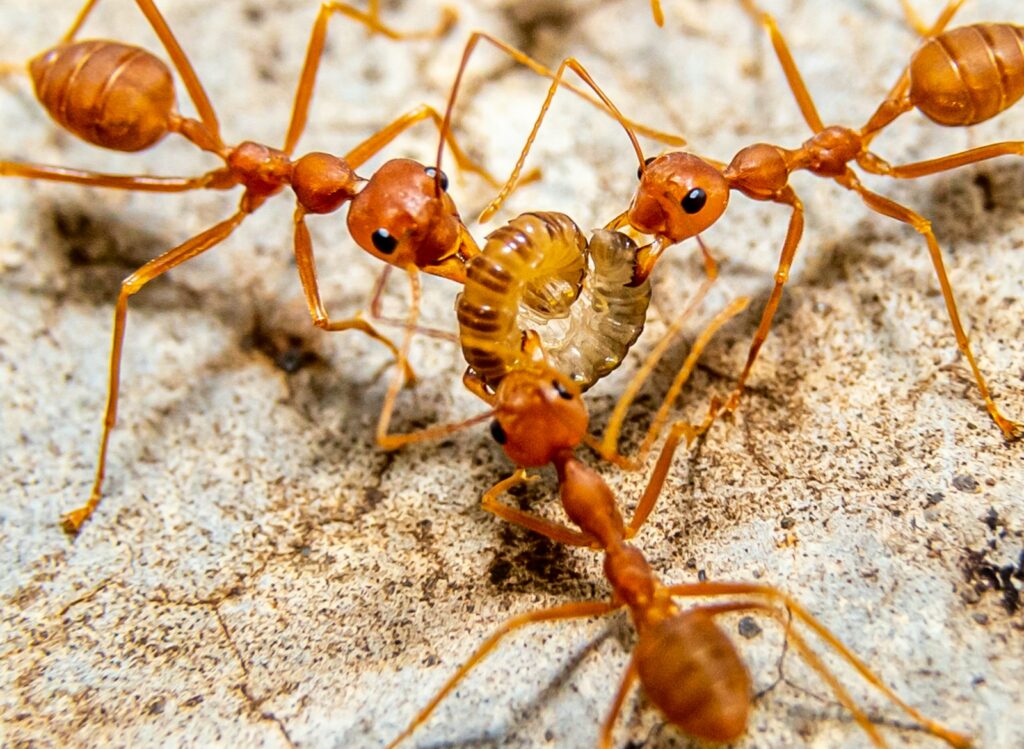
Army ant raid coordination depends heavily on interlocking feedback loops that amplify successful strategies and inhibit unsuccessful ones. Positive feedback occurs when ants reinforce successful paths with stronger pheromone deposits, rapidly recruiting more workers to productive areas. This amplification can quickly concentrate thousands of ants on a particularly rich food source. Simultaneously, negative feedback mechanisms prevent the system from becoming too focused on a single resource or direction. These include pheromone evaporation, which gradually weakens trails unless they’re actively reinforced, and density-dependent inhibition, where overcrowding triggers ants to explore alternative paths. The balance between these positive and negative feedback mechanisms creates a self-regulating system that can respond dynamically to environmental conditions without requiring oversight. This sophisticated interplay of feedback mechanisms allows the colony to maintain optimal foraging efficiency across widely varying conditions.
Evolutionary Advantages of Decentralized Control

The leaderless coordination system used by army ants offers several evolutionary advantages that explain why this strategy has persisted for millions of years. Decentralized systems demonstrate exceptional resilience—unlike centralized organizations that can fail catastrophically if the leader is removed, army ant colonies can lose substantial portions of their workforce without significant disruption to overall function. This robustness comes from having the colony’s “intelligence” distributed throughout the system rather than concentrated in specific individuals. Additionally, decentralized systems can process information in parallel across thousands of individuals simultaneously, allowing for faster responses to environmental changes than would be possible with centralized decision-making. The army ant’s evolutionary solution to complex coordination challenges represents a fascinating alternative to the hierarchical leadership structures that humans often assume are necessary for organized activity, demonstrating how collective intelligence can emerge through simple interactions multiplied across millions of individuals.
Lessons from Army Ants: Applications to Human Systems

The extraordinary coordination abilities of army ants have inspired numerous applications in human-designed systems. Computer scientists have developed “ant colony optimization” algorithms based on how these insects find efficient paths, now used in telecommunications routing, vehicle navigation, and logistics planning. Swarm robotics researchers create simple robots that follow ant-inspired rules to achieve complex collective behaviors without centralized control. These bio-inspired approaches prove particularly valuable for systems operating in unpredictable environments where centralized control might fail due to communication limitations or rapidly changing conditions. Engineering fields increasingly look to army ants for inspiration in designing resilient, self-organizing systems that can function effectively without vulnerable central controllers. By understanding how millions of simple agents can coordinate sophisticated behaviors through local interactions, researchers continue developing more robust artificial systems that can operate autonomously in complex environments.
The Unanswered Questions: Frontiers in Army Ant Research
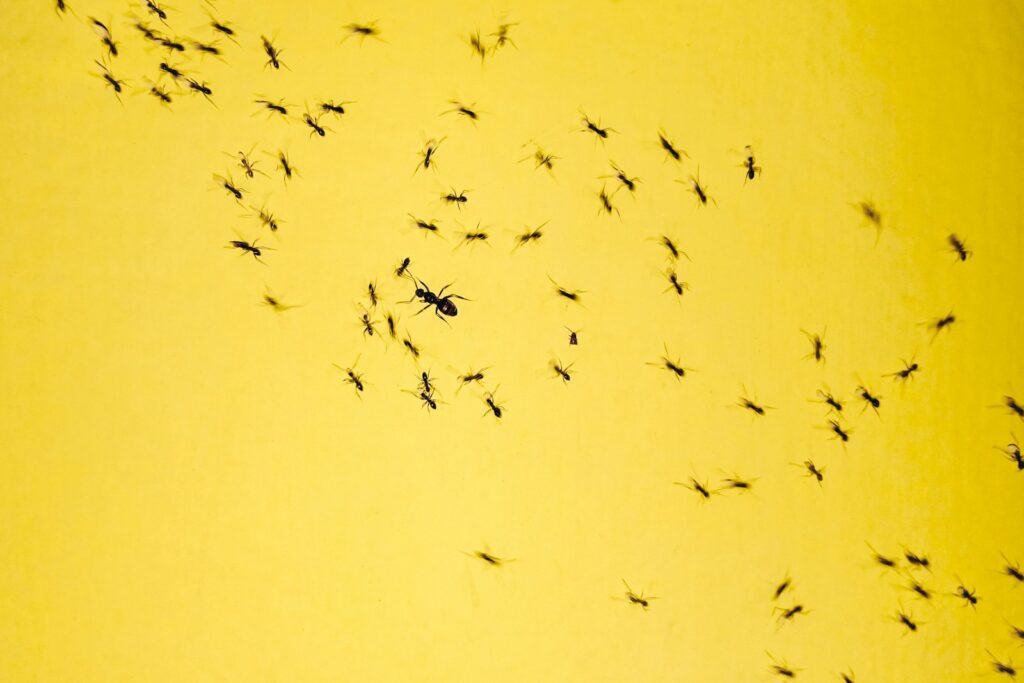
Despite decades of study, significant questions remain about how army ant raids achieve their remarkable coordination. Researchers continue investigating how these colonies maintain coherence across vast areas despite each ant having access to only limited local information. Current studies are exploring whether there might be additional coordination mechanisms beyond pheromone trails, including tactile communication and potentially even substrate vibrations that could transmit information rapidly across the raid front. Another frontier involves understanding how genetic factors and developmental processes create the specialized neurological hardware that enables this sophisticated collective behavior. Advanced imaging technologies now allow scientists to map the neural circuits of individual ants, potentially revealing how simple brains can support complex collective behaviors. As research continues, army ants remain one of nature’s most fascinating examples of how sophisticated organization can emerge without leadership, offering continuing insights into fundamental principles of self-organizing systems.
Conclusion
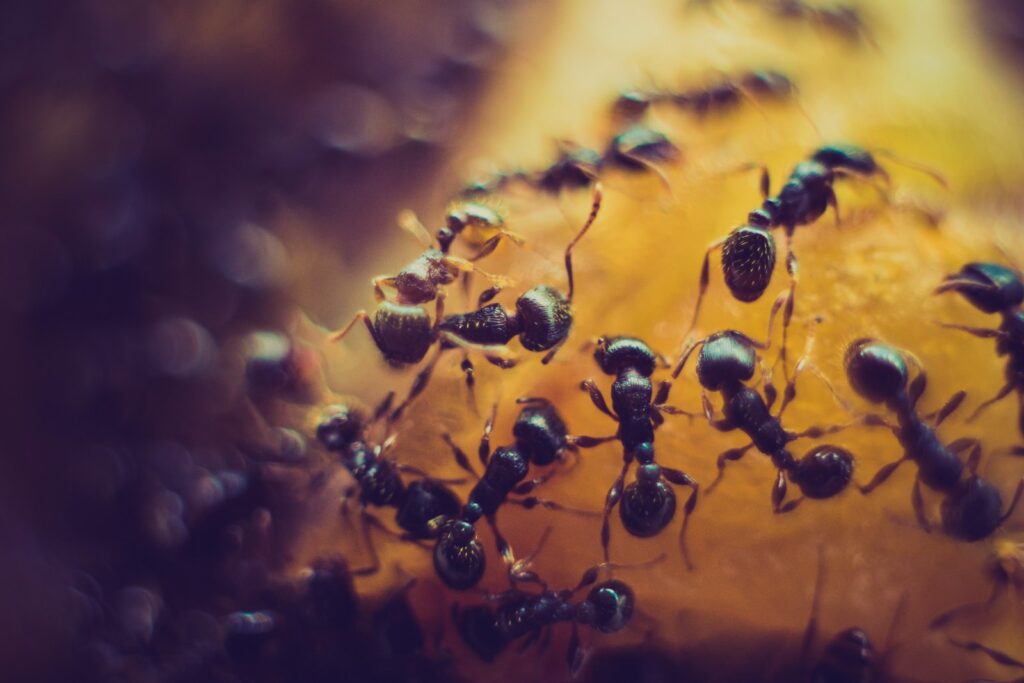
Army ants represent one of nature’s most striking examples of how complex, coordinated behavior can emerge without centralized control. Through chemical communication, specialized roles, and simple behavioral rules followed by millions of individuals, these remarkable colonies achieve levels of coordination that rival human-designed systems. Their success demonstrates that leadership isn’t always necessary for sophisticated organization—sometimes, the most effective systems are those where intelligence emerges from the collective rather than being imposed from above. As we continue to unravel the mechanisms behind their remarkable raids, army ants offer profound insights not just into insect behavior, but into the fundamental principles of self-organization that underlie many natural and artificial systems throughout our world.

